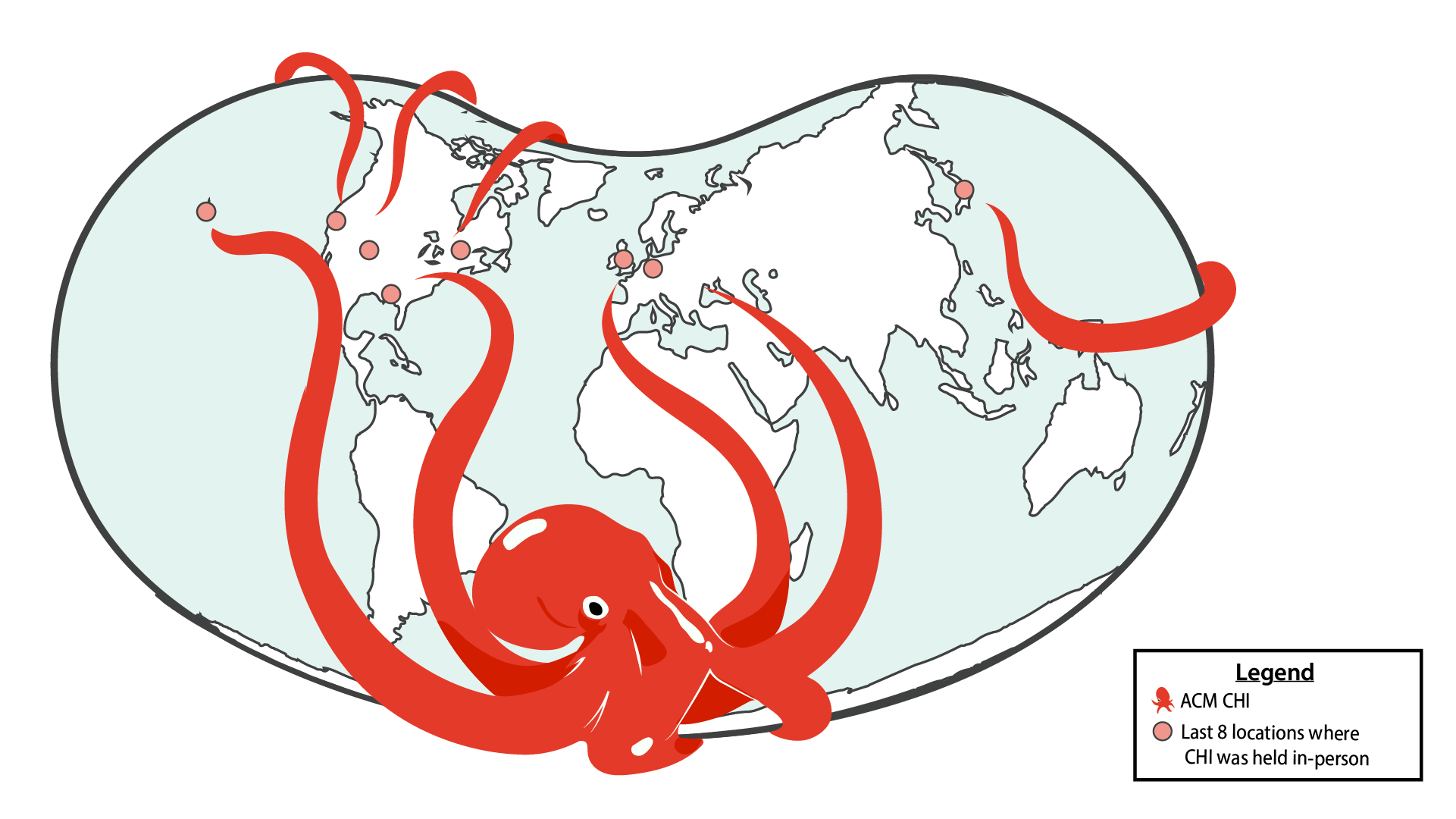The many tendrils of the octopus map

Abstract
Conspiratorial thinking can connect many distinct or distant ills to a central cause. This belief has visual form in the octopus map: a map where a central force (for instance a nation, an ideology, or an ethnicity) is depicted as a literal or figurative octopus, with extending tendrils. In this paper, we explore how octopus maps function as visual arguments through an analysis of historical examples as well as a through a crowd-sourced study on how the underlying data and the use of visual metaphors contribute to specific negative or conspiratorial interpretations. We find that many features of the data or visual style can lead to "octopus-like" thinking in visualizations, even without the use of an explicit octopus motif. We conclude with a call for a deeper analysis of visual rhetoric, and an acknowledgment of the potential for the design of data visualizations to contribute to harmful or conspiratorial thinking.
Citation
The many tendrils of the octopus map
Eduardo Puerta, Shani Spivak, and Michael Correll. Proc. CHI Conference on Human Factors in Computing Systems—CHI. 2025.
PDF | Preprint | Preregistration | BibTeX | CHI 2025 Best Paper Honorable Mention
Khoury Vis Lab — Northeastern University
* West Village H, Room 302, 440 Huntington Ave, Boston, MA 02115, USA
* 100 Fore Street, Portland, ME 04101, USA
* Carnegie Hall, 201, 5000 MacArthur Blvd, Oakland, CA 94613, USA



